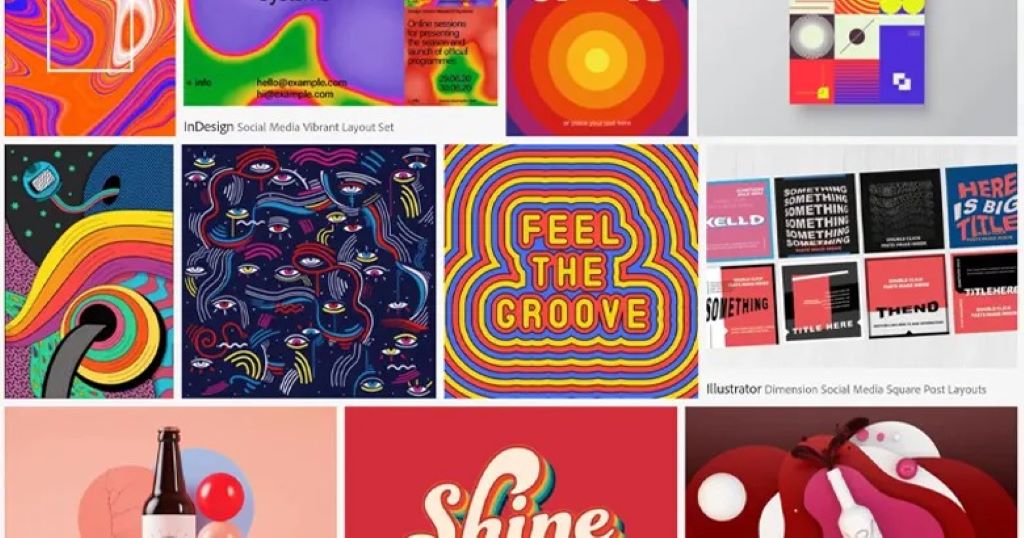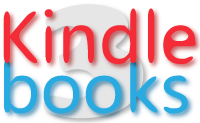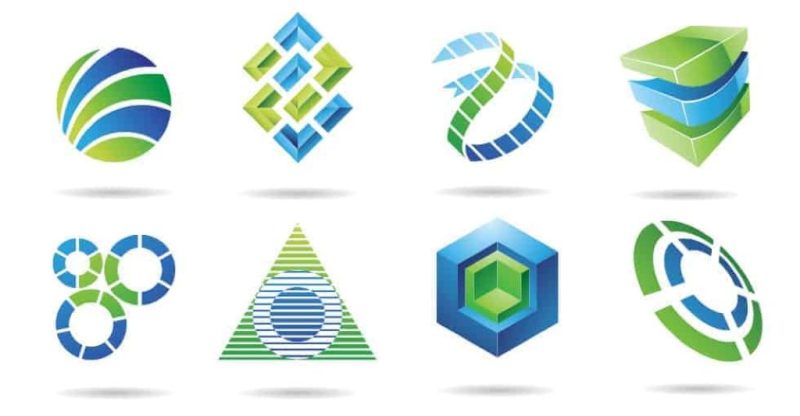You see them everywhere. On your coffee cup, the app on your phone, the delivery truck driving by, the shirt on your back. They are the silent ambassadors of the world’s biggest brands and the hopeful face of the newest local startup. We’re talking about logos.
But what separates the iconic, instantly recognizable marks—the Apple, the Nike Swoosh, the McDonald’s Golden Arches—from the forgettable clipart that litters business cards and websites? The answer lies not in fleeting trends or mere aesthetics, but in a foundational understanding of the elements and principles of logo design.
This isn’t just theory for art students. For a business owner, marketer, or aspiring designer, this knowledge is power. It’s the difference between investing in a visual asset that builds equity for decades and wasting money on a graphic that fails to connect. Let’s deconstruct the anatomy of a great logo.
The Building Blocks: The 7 Essential Elements of a Logo
Think of the elements as your raw ingredients. These are the tangible components you use to construct your design. Mastering each one is the first step toward creating a cohesive and effective whole.
-
Typography (The Wordmark)
Often, the logo isthe name. The choice of font (or a custom-designed letterform) communicates volumes before a single word is read.
- Serif Fonts (like Times New Roman): Suggest tradition, reliability, and respectability. Think of brands like Tiffany & Co. or The New York Times.
- Sans-Serif Fonts (like Helvetica): Communicate modernity, cleanliness, and approachability. Google, Netflix, and Spotify are prime examples.
- Script Fonts: Evoke elegance, creativity, or personal touch (e.g., Coca-Cola, Kellogg’s).
- Display Fonts: Are unique and bold, designed to make a statement and be highly memorable (e.g., Disney, Lego).
-
Iconography (The Symbol)
This is the graphic mark or pictorial representation. It can be abstract (the Adidas flower), metaphorical (the Twitter bird), or literal (the Apple apple). A strong icon can transcend language barriers and become the most powerful element of the brand.
-
Color Palette
Color psychology is a critical tool in the logo designer’s kit. Colors evoke immediate emotional responses:
- Red: Energy, passion, excitement, urgency (Coca-Cola, Netflix, Target).
- Blue: Trust, security, calm, professionalism (Facebook, IBM, PayPal).
- Green: Growth, health, nature, sustainability (Whole Foods, Spotify, Animal Planet).
- Yellow: Optimism, warmth, clarity, creativity (McDonald’s, Nikon, IKEA).
- Black: Luxury, sophistication, power, elegance (Chanel, Nike, The New York Times).
-
Shape and Form
The shapes you use, both positive and negative, subconsciously influence perception.
- Circles/Ovals: Suggest community, unity, love, and continuity (Target, BMW, Starbucks).
- Squares/Rectangles: Convey stability, balance, and professionalism (Microsoft, National Geographic).
- Triangles: Imply power, science, law, and dynamic action (Adidas, Mitsubishi, Google Play).
- Organic Shapes: Feel natural, relaxed, and human.
-
Space (The Unsung Hero)
What you don’tdesign is just as important as what you do. Negative space (or white space) is the empty area around and within a logo. Clever use of space can create hidden meanings and improve readability. The iconic FedEx logo, with its hidden arrow, and the NBC peacock are masterclasses in using negative space effectively.
-
Line
Lines can direct the eye, create movement, imply texture, and establish boundaries. A thick, bold line feels strong and stable, while a thin, wavy line feels elegant and delicate.
-
Texture
While most logos begin as flat graphics, the implied texture can add depth and tactile appeal. Is it sleek and metallic? Rough and hand-drawn? Soft and fabric-like? Texture supports the overall brand feeling.

The Blueprint for Success: The 7 Guiding Principles of Logo Design
If elements are the ingredients, then principles are the recipe. They are the rules and guidelines that tell you how to combine those elements to create a successful, functional, and beautiful result.
-
Simplicity: The Golden Rule
This is the most important principle. A simple logo is:
- Memorable: Easy to recognize and recall.
- Versatile: Works at any size, from a giant billboard to a tiny favicon in a browser tab.
- Timeless: Avoids complex details that become dated quickly.
The Apple logo is genius not because it’s a complex drawing of an apple, but because it’s a simple, clean silhouette. Strive to remove every unnecessary element.
-
Memorability
A direct result of simplicity. A memorable logo makes an instant and lasting impression. If a viewer can recall its basic shape minutes after seeing it, you’ve succeeded. The Nike Swoosh is arguably the most memorable symbol on the planet due to its stark simplicity and powerful meaning.
-
Versatility & Scalability
A great logo must work everywhere without losing its integrity. It needs to be effective in:
- Single Color: For faxes, embossing, or low-cost printing.
- Black and White: For newspaper ads or photocopies.
- Full Color: For digital and high-quality print.
- Horizontal and Vertical Layouts: To fit different spaces.
Test your design by shrinking it to a tiny size. Does it become a blurry mess? If so, simplify further.
-
Relevance
The logo must be appropriate for the industry, target audience, and brand personality. A playful, cartoonish font might be perfect for a children’s toy store but would be disastrous for a law firm. The typography, color, and imagery should all feel intrinsically connected to what the business does and who it serves.
-
Balance
A well-balanced logo feels stable and composed. This balance can be symmetrical (mirror-image balance, conveying formality and trust) or asymmetrical (using different elements that have equal visual weight, conveying dynamism and interest). Balance creates a sense of harmony that is pleasing to the eye.
-
Originality & Uniqueness
In a crowded marketplace, your logo must set you apart. It should be distinctive enough to be identified immediately and avoid any resemblance to competitors. Thorough research is key to ensure your design isn’t unintentionally similar to an existing logo, which can lead to brand confusion or legal issues.
-
Timelessness
While it’s tempting to chase the latest design trend, the goal is to create a logo that will remain effective for 10, 20, or 50 years. Will that gradient, drop shadow, or ultra-thin font look dated in two years? Focus on strong, fundamental design rather than what’s fashionable this season. Brands like Shell, Mercedes-Benz, and Levi’s have undergone evolutions, but their core symbols have remained recognizable for generations.
Putting It All Together: The Design Process in Action
Understanding these elements and principles is one thing; applying them is another. A professional design process typically looks like this:
- Discovery & Brief: The designer immerses themselves in the client’s business, audience, competitors, and goals.
- Research & Brainstorming: Exploring the industry, looking at visual trends (to either use or avoid), and sketching initial ideas.
- Sketching: Putting pen to paper to explore concepts freely without the constraints of software.
- Digital Drafting: Bringing the best sketches into vector-based design software (like Adobe Illustrator) to refine shapes, typography, and layout.
- Application & Presentation: Showing the client how the logo works in real-world contexts (on a website, business card, pen, etc.) to demonstrate its versatility.
- Finalization & Style Guide: Delivering the final logo files and a brand style guide that dictates exactly how the logo should be used, including color codes, spacing, and size minimums.
Frequently Asked Questions (FAQs)
Q: How much should a logo design cost?
A: Costs vary wildly, from $50 on a freelance platform to $50,000+ from a top-tier agency. You generally get what you pay for. A professional designer invests time in strategy and creates a versatile, vector-based logo that will serve as a long-term business asset.
Q: What file formats should I receive?
A: You must receive vector files (.AI or .EPS), which are infinitely scalable. You should also receive high-resolution .PNG (with transparency) and .JPG files for web use, and a .PDF for easy viewing.
Q: What’s the difference between a logo and a brand?
A: A logo is a single visual symbol that identifies a business. A brand is the entire perceived identity—it’s the reputation, the customer experience, the messaging, the values, and the emotional connection people have with the company. The logo is a part of the brand, not the whole thing.
Q: Should I design my own logo?
A: While DIY tools are tempting, it’s highly discouraged for serious businesses. A professional designer brings objective expertise in the principles discussed here, ensuring your logo is strategically sound and technically proficient, giving you the best foundation for growth.
Conclusion: Your Logo is a Strategic Investment
Your logo is often the first point of contact with your audience. It’s a visual handshake. By grounding its creation in the timeless elements and principles of design—simplicity, memorability, versatility, and relevance—you move beyond creating a mere graphic. You are building a cornerstone of your brand identity, an asset designed not just to look good today, but to work hard and build recognition for years to come.
Read More:
Business Logo Design Tips – When Designing For The Web
Featured Image Source

